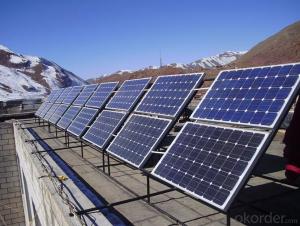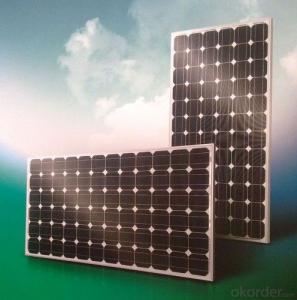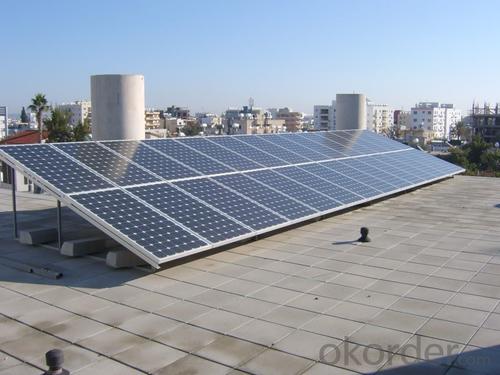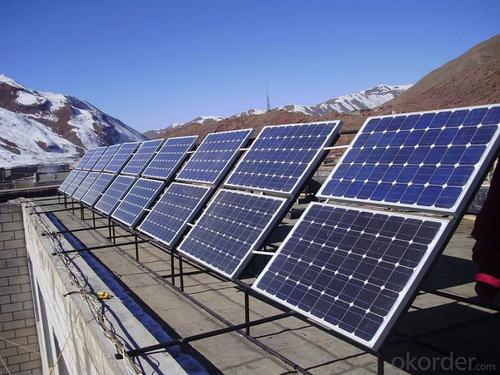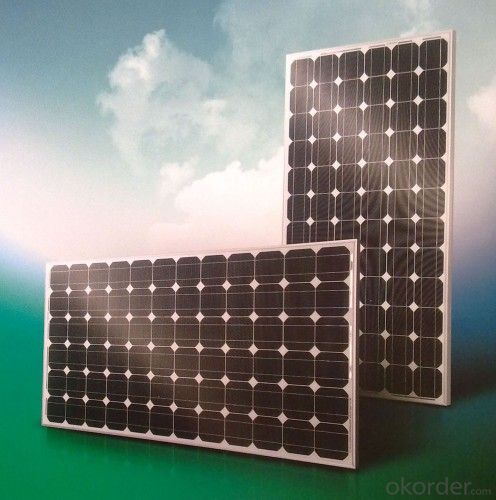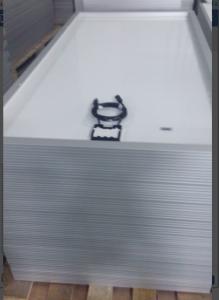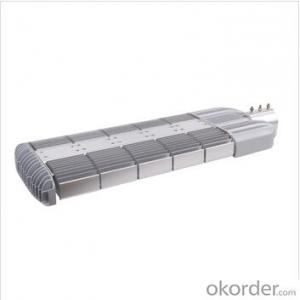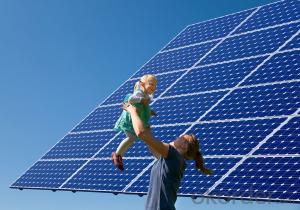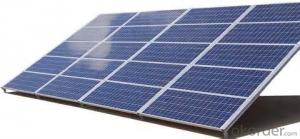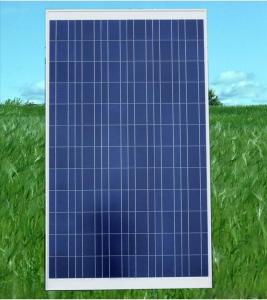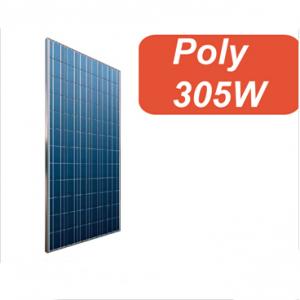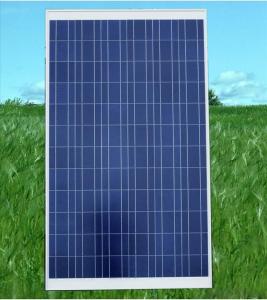House Roof Solar Panels - Polycrystalline 305W Solar Module USA Market
- Loading Port:
- China main port
- Payment Terms:
- TT OR LC
- Min Order Qty:
- 200000 watt
- Supply Capability:
- 20000000 watt/month
OKorder Service Pledge
OKorder Financial Service
You Might Also Like
As a solar brandoriginated from America (USA) with production bases in USA, China, Taiwan andVietnam, Amerisolar is taking more competitive strategies based on its Leading Technology, High Quality, No Anti-dumping Tariff prices and worldwide Door-to-Doorlogistics services.
Quality Certificates
IEC61215, IEC61730, IEC62716, IEC61701, UL1703, ETL, JET, CE, MCS,
CEC, Israel Electric, Kemco
ISO9001:2008: Quality management system
ISO14001:2004: Environmental management system
OHSAS18001:2007: Occupational health and safety management system
Amerisolar’s photovoltaic modules are designed for large electrical power requirements. With a 30-year warranty, AS-6P offers high-powered, reliable
performance for both on-grid and off-grid solar projects.
Key features:
Low degradation and excellent performance under high temperature and low
light conditions.
Robust aluminum frame ensures the modules to withstand wind loads up to
2400Pa and snow loads up to 5400Pa.
Positive power tolerance of 0 ~ +3 %.
High ammonia and salt mist resistance.
305w with high module conversion efficiency and high quality. Meanwhile all panels have positive power tolerance of 0 ~ +3 %.
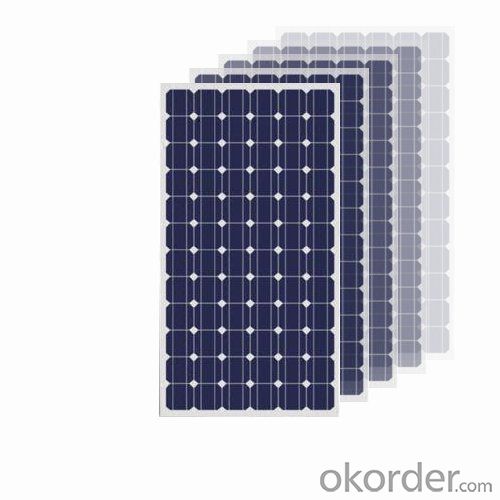
Maximum Power | 305W |
Efficiency | 0.157 |
Backsheet | Silver |
Frame Colar | White |
Manufacture Site | China |
Frame | Anodized Aluminum Alloy |
Weight | 27 kg |
FAQ:
1. How long will my inquiry get response?
Your inquiry related to our products or prices will be replied within 24 hours.
2. Can I get professional service and suggestion?
Well-trained and experienced staffs to answer all your questions in fluent English.
3. Do you accept OEM or customized design?
OEM & ODM, any your customized lightings we can help you to design and put into product.
4. What if I need specific design?
Distributorship are offered for your unique design and some our current models.
- Q: Can solar panels be used for powering a research facility or laboratory?
- Yes, solar panels can be used to power a research facility or laboratory. Solar panels convert sunlight into electricity, providing a sustainable and renewable source of power. By harnessing solar energy, research facilities and laboratories can reduce their reliance on traditional energy sources and contribute to a greener and more environmentally friendly operation. Additionally, solar panels can be integrated into the existing infrastructure of the facility, making them a viable option for powering various scientific equipment and systems.
- Q: my solar car works when using the Battery but when there is sunlight i connect the wires to the solar panel and it does not work...................HELP
- If that solar panel came with the car, the panel is most likely defective. Make sure you're in bright sunlight, and try holding the car so that the wheels are not touching the ground. If the wheels still won't turn, even slowly, then the panel is bad. If each person in the class got one, see if you can try your panel on a friend's car, or their panel on your car. If this is just any little panel, it could be that the panel simply does not have enough voltage, current, or both to power the motor on the car.
- Q: I thought they were going to make solar powered cars and solar power plants among other things. It was only nearly 0 years ago that solar power was the big thing. Just curious, why did it die out?
- they still make them,i have them on my camper to charge the batteries, they are not cheap, however. you can get them at r.v. supply stores. in fact the ones they make now, are quite efficient, many people in the countryside use them for their homes, i dont know why the development for cars is so slow, though.
- Q: Can solar panels be installed on a condominium or apartment building?
- Yes, solar panels can be installed on a condominium or apartment building. However, it may require certain considerations such as the availability of suitable roof space, permissions from the building owners or management, and potential impact on other residents. Additionally, installation and maintenance costs may need to be shared among tenants or considered in the building's budget.
- Q: Can solar panels be installed on a car?
- Yes, solar panels can be installed on cars. These panels can convert sunlight into electricity, which can then be used to power various components of a car, such as the battery, air conditioning, or even the motor. Solar panels on cars are a growing trend as they offer a sustainable and renewable energy source, reducing dependency on fossil fuels and lowering carbon emissions. However, the effectiveness of solar panels on cars may vary depending on factors such as the size of the panels, the amount of sunlight available, and the energy demands of the vehicle.
- Q: What are the benefits of solar panel heating?What does it cost for solar panels?any other important facts about it?
- Firstly,it is environment friendly,solar energy can replace electricity,so it reduce the carbon emission.Secondly,solar energy is cost effective,you will not pay any bill for electricity any more.
- Q: I have to show in a project (a model house) how Solar Panels work. In my model I want to show Solar Panels creating electricity to power a T.V but I need to show how the power gets from the Solar Panels to the T.V. A diagram would be really helpful. Please try and make this as simple as possible as I'm only 3, but try and be specific as well!
- A solar panel is a device that collects and converts solar energy into electricity or heat. It transfers energy from the sun into electricity or heat which can be used by (for example) nearby buildings. Solar panels can be made so that the sun's energy excites the atoms in a silicon layer between two protector panels. The atoms split up and the electrons travel down wires into the home for electricity. Solar panels were in use over one hundred years ago for hot water heating in homes. Solar panels can also be made with a specially shaped mirror that concentrates light onto a tube of oil. The oil then heats up, and travels through a vat of water, instantly boiling it. The steam created turns a turbine for power. []
- Q: I would love to put in solar panels on my roof, but how hard would it be, and how expensive? Would I be able to do the work myself, or would I have to hire a pro?Also I live in Oregon, so much of the time it is overcast, so would it really be worth it?
- Not worth it unless you can get a fat subsidy. But Congress is working on a bill to provide a significant subsidy, and Oregon may have one as well. A solar plant costs about $0 per watt of installed capacity, and can produce a maximum of two kWh per watt per year -- which is worth about two bits. Without a subsidy, you are better off leaving your money in a savings account.
- Q: Can solar panels be installed on a deck or patio?
- Yes, solar panels can be installed on a deck or patio. However, it is important to consider certain factors such as the structural integrity of the deck or patio, the amount of sunlight it receives, and any regulations or restrictions in your area. Additionally, it is recommended to consult with a professional installer to ensure proper installation and maximize the efficiency of the solar panels.
- Q: Can I use a regulator from a car to regulate the voltage from a solar panel to a battery?
- solar panels will naturally produce a certain DC voltage which is what your battery needs - the current will vary based on the sun light. You need probably 4V to have some over voltage. So based on your specs look at having at least 4 V but not too much over that (tells you how many panels you need in series) I would have blocking diodes (probably the solar cell has them built in) to insure the battery does not discharge thru the panel.
Send your message to us
House Roof Solar Panels - Polycrystalline 305W Solar Module USA Market
- Loading Port:
- China main port
- Payment Terms:
- TT OR LC
- Min Order Qty:
- 200000 watt
- Supply Capability:
- 20000000 watt/month
OKorder Service Pledge
OKorder Financial Service
Similar products
Hot products
Hot Searches
Related keywords

